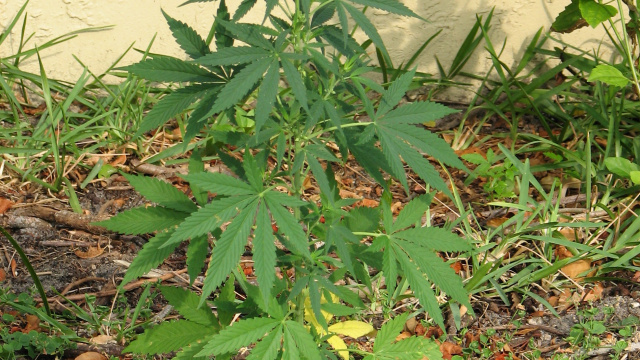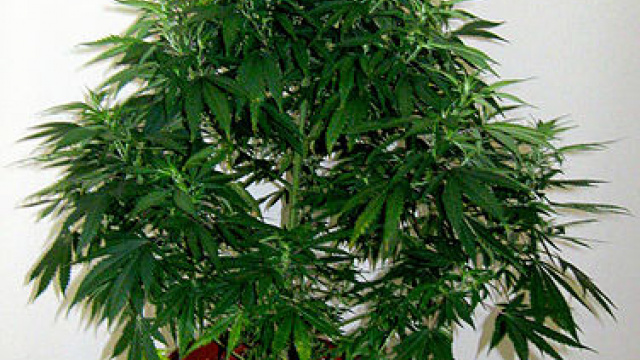 One in eight people with the painful condition fibromyalgia self-medicate with pot and other cannabis products, according to a new Canadian study.
One in eight people with the painful condition fibromyalgia self-medicate with pot and other cannabis products, according to a new Canadian study.
“That is not unusual behavior, in general, for people with chronic medical illnesses for which we don’t have great treatments,” said Dr. Igor Grant, who heads the Center for Medicinal Cannabis Research at the University of California and was not involved in the study.
“People start looking around, they look for other types of remedies, because they need the help,” he told Reuters Health.
The question is if self-medicating with cannabis is really helpful for people with fibromyalgia, researchers say.
Marijuana has been shown to ease certain types of pain in patients with HIV and other conditions. But Grant said he doesn’t know of any research showing the drug can relieve the pain associated with fibromyalgia.
And the question of whether it helps fibromyalgia sufferers regain some of their daily functions, such as housekeeping or working, remains up in the air, too.
“We don’t want to just see pain reduction, but an improvement in function,” said Peter Ste-Marie, a pain researcher at McGill University in Montreal, who worked on the new study. “If it’s not helping them get back into a daily life pattern, is it helping them?”
People with fibromyalgia typically experience pain in their joints and muscles and may also suffer from frequent headaches and fatigue.
According to the Centers for Disease Control and Prevention, about two percent of adults have fibromyalgia, which remains a mystery to scientists.
The condition can be treated with physical therapy, antidepressants, pain medications and other approaches, although none of them is a cure.
To see how many people turn to marijuana, Ste-Marie and his colleagues collected information from the medical records of 457 patients who came to the pain unit at McGill University Health Center. Their findings are published in the journal Arthritis Care & Research.
All of the patients had been referred to the clinic for fibromyalgia symptoms, although only 302 of the patients were confirmed to have fibromyalgia as their primary diagnosis.
About 10 percent said they smoked marijuana for medical purposes and another three percent had a prescription for a synthetic form of the active chemical in the cannabis plant.
“The popular knowledge of marijuana being available for pain would tend to demonstrate why 10 percent of patients would give it a try,” said Ste-Marie.
“There really is no miracle drug for fibromyalgia. We definitely understand that patients would try to find something else,” he told Reuters Health.
The researchers couldn’t tell from the study which of the patient had started smoked pot before their fibromyalgia developed. According to the Centers for Disease Control and Prevention, about 40 percent of U.S. adults have tried marijuana at some point.
The study showed that pot smokers and non-users had the same rates of disability and unemployment. However, patients who had unstable mental illness or had a worrisome use of opioid pain medications were more likely to report using cannabis – a finding that raised concerns with Ste-Marie and his colleagues.
“Before saying herbal cannabis has a future in fibromyalgia, there are multiple things that need to be looked at,” he said.
Newshawk: Konagold
Source: Reuters (Wire)
Author: Kerry Grens, Reuters
Published: July 13, 2012
Copyright: 2012 Thomson Reuters



Leave a Reply